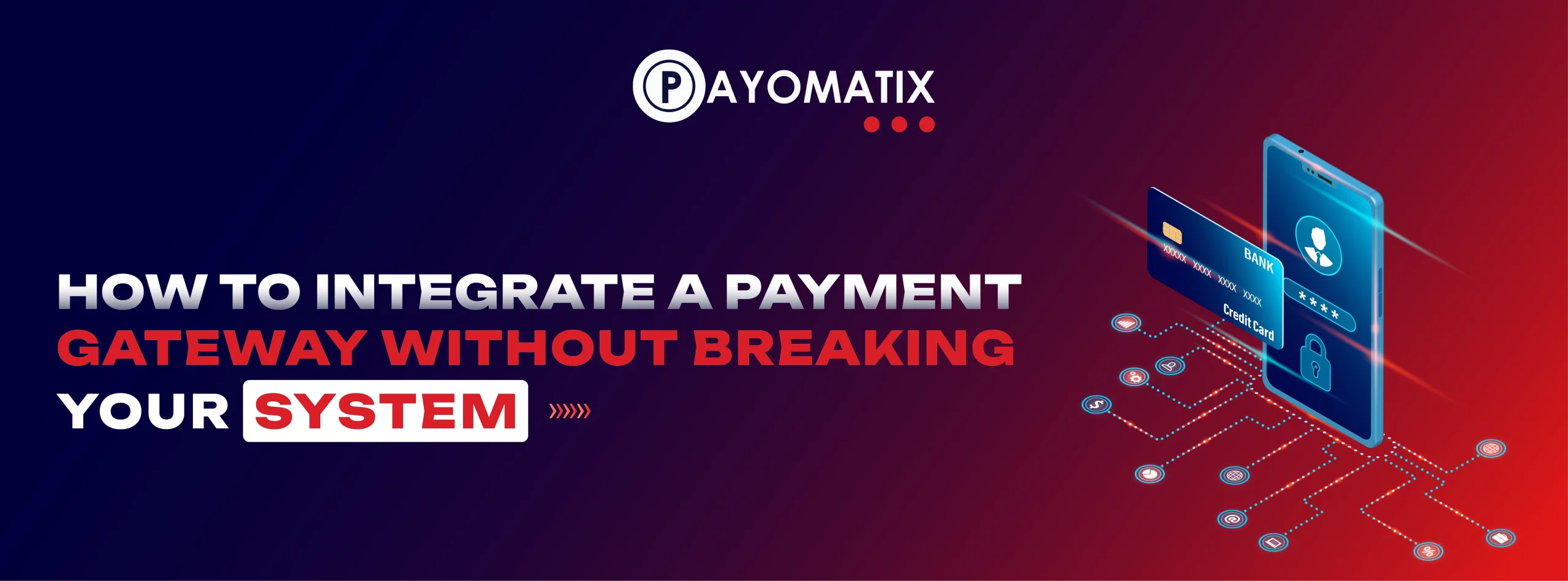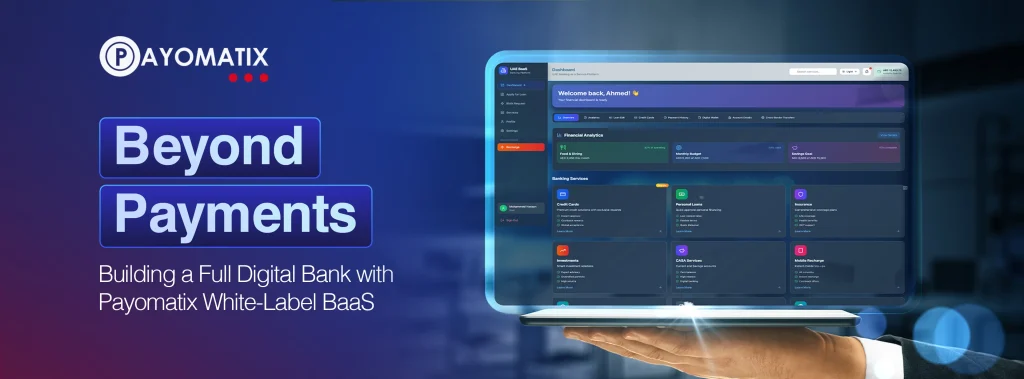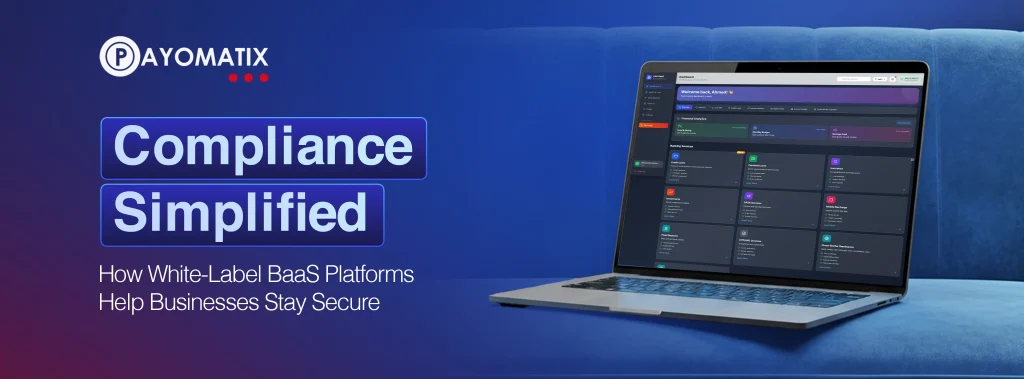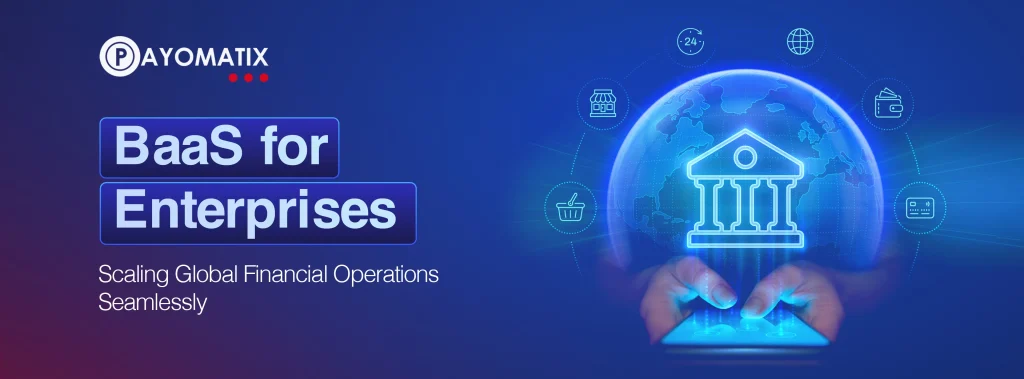A Seamless Payment Journey Begins with Proper Integration
You Businesses must offer quick, secure, and reliable transactions to stay competitive. However, implementing a payment gateway integration can be a complex task that, if done incorrectly, may disrupt operations or result in payment failures. The key is to integrate without breaking your existing system.
In this blog, we explore how to effectively integrate a payment gateway while leveraging payment analytics tools and payment reconciliation services to ensure optimal performance.
1. Understanding What a Payment Gateway Does
What is a Payment Gateway?
A payment gateway is a technology that allows merchants to accept credit or debit card purchases by securely transferring payment information between the customer and the bank.
Core Functions:
- Encrypts sensitive data for secure transactions.
- Authenticates and authorizes payments.
- Facilitates smooth communication between banks and merchants.
Why It Matters:
A well-integrated payment gateway ensures smooth financial transactions and offers customers a reliable shopping experience.
2. Preparing Your System for Payment Gateway Integration
System Requirements:
Before integrating a payment gateway, businesses must ensure that their current infrastructure can support it.
- Platform Compatibility: Confirm that the gateway is compatible with your website or app.
- Load Handling: Ensure your system can handle increased transaction volumes.
- Security Protocols: Implement SSL certificates and secure APIs.
Payomatix Approach:
With Payomatix Payment Gateway Integration services, we provide full system audits to ensure your infrastructure is ready for seamless integration.
3. Step-by-Step Process for Smooth Integration
Step 1: Choose the Right Payment Gateway
Selecting the right gateway is crucial. Factors to consider:
- Transaction Fees: Ensure competitive pricing.
- Security Features: Look for PCI DSS compliance.
- Scalability: Can it handle business growth?
Step 2: Backend Development and API Integration
- Use RESTful APIs for seamless integration.
- Ensure sandbox testing before going live.
Step 3: Frontend Customization
Make the payment interface user-friendly by offering:
- Multiple payment options.
- Responsive design for mobile users.
4. Leveraging Payment Analytics Tools for Business Insights
Why Payment Analytics Matter:
Payment analytics tools provide valuable insights into consumer behavior and transaction performance.
Key Metrics to Track:
- Transaction Success Rate: Monitors the percentage of successful transactions.
- Payment Decline Reasons: Identifies why payments fail.
- Revenue Trends: Helps in forecasting sales.
Payomatix Advantage:
Our payment analytics tools offer real-time reporting, helping businesses optimize transaction success rates and detect fraud early.
5. Ensuring Smooth Reconciliation with Payment Reconciliation Services
What is Payment Reconciliation?
Payment reconciliation involves verifying that the amounts received match the sales recorded. It ensures accurate financial reporting.
Why It’s Important:
- Reduces Discrepancies: Identifies and resolves inconsistencies.
- Improves Cash Flow Management: Ensures accurate financial planning.
- Compliance: Helps in adhering to financial regulations.
Automated vs. Manual Reconciliation:
- Manual Reconciliation: Time-consuming and error-prone.
- Automated Reconciliation: Faster, scalable, and more accurate.
Payomatix provides robust payment reconciliation services that minimize errors and improve financial transparency.
6. Overcoming Common Integration Challenges
Challenge 1: System Downtime
Downtime during integration can lead to revenue loss.
Solution:
- Use sandbox environments to test before deploying.
- Schedule integration during non-peak hours.
Challenge 2: Security Risks
Data breaches during payment processing can harm your brand.
Solution:
- Implement tokenization and encryption.
- Ensure full PCI DSS compliance.
Challenge 3: Compatibility Issues
Not all gateways work with existing systems.
Solution:
- Choose a gateway with flexible API support.
- Regularly update software components.
7. Best Practices for Seamless Payment Gateway Integration
1. Prioritize Security:
- Use multi-factor authentication.
- Ensure PCI DSS compliance.
2. Test Extensively:
- Run tests in sandbox mode.
- Perform end-to-end testing before launch.
3. Optimize for Scalability:
- Use cloud infrastructure for scalability.
- Ensure payment systems can handle traffic spikes.
8. Why Choose Payomatix for Payment Gateway Integration?
Expertise in Secure Integration:
With years of experience, Payomatix specializes in seamless payment gateway integration, helping businesses handle transactions without operational disruptions.
Comprehensive Payment Solutions:
- Payment Analytics Tools: Provides data-driven insights.
- Payment Reconciliation Services: Ensures financial accuracy.
- Scalable Systems: Supports business growth.
Conclusion
Integrating a payment gateway doesn’t have to be a headache. By preparing your system, leveraging analytics tools, and ensuring secure reconciliation processes, you can achieve seamless integration without breaking your system.
With Payomatix Payment Gateway Integration, you gain more than just a payment processor; you gain a reliable partner committed to optimizing your business transactions.
Ready to streamline your payment system?
Contact Payomatix today to learn how we can help you achieve a seamless and secure payment integration process.
Frequently Asked Questions
1. What is a payment gateway, and why is it important for businesses?
Answer: A payment gateway securely processes customer payments, ensuring smooth and reliable transactions essential for business success.
2. How do I integrate a payment gateway without causing system downtime?
Answer: Testing in sandbox mode and scheduling integration during non-peak hours helps avoid downtime during payment gateway integration.
3. What are payment analytics tools, and how do they help businesses?
Answer: Payment analytics tools provide insights into transaction success rates, customer behavior, and revenue trends, helping businesses optimize performance.
4. Why is payment reconciliation important in financial management?
Answer: Payment reconciliation ensures that the payments received match recorded sales, reducing discrepancies and improving cash flow management.
5. How does Payomatix simplify payment gateway integration?
Answer: Payomatix offers secure, scalable payment gateway integration with payment analytics and reconciliation services to streamline business transactions.





